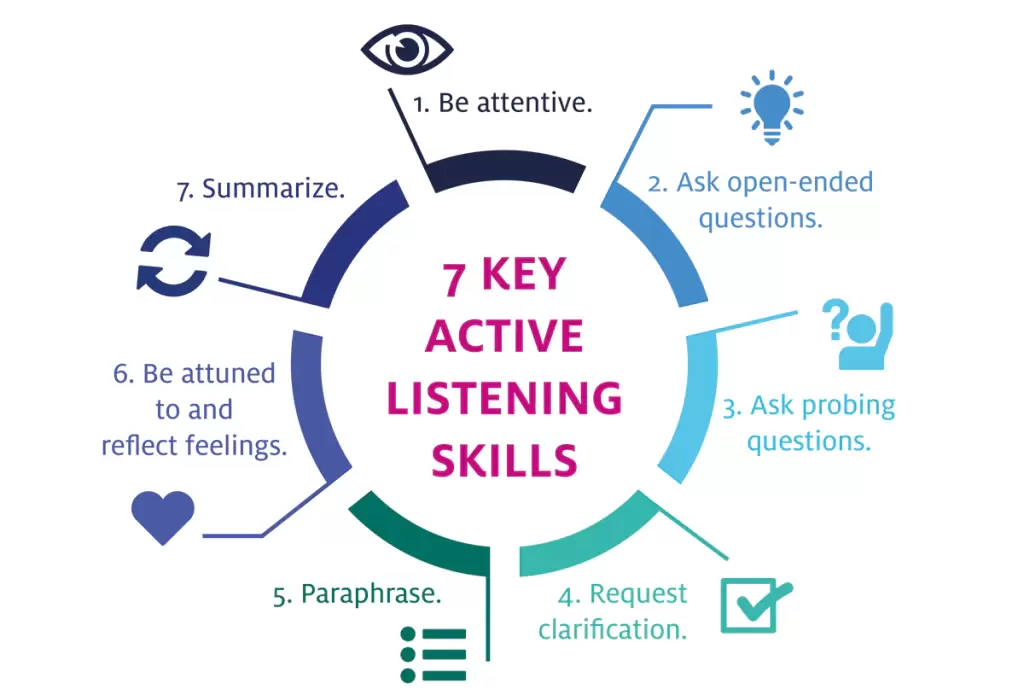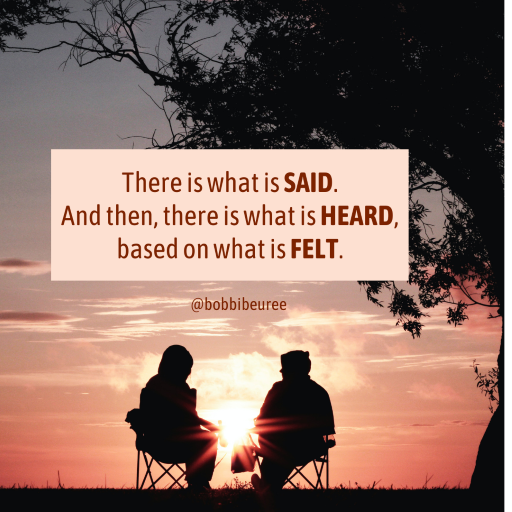Building Healthy Communication Skills
“The biggest communication problem is we do not listen to understand. We listen to reply.” ― Stephen R. Covey
Healthy communication skills have a positive impact on every area of your life. They can be learned and practiced to help make your relationships stronger and more supportive.
Part of becoming Self-Led is being able to express yourself in an authentic way, while also considering the perspective of others, contributing to a positive, healthy dynamic.
Part of becoming Self-Led is being able to express yourself in an authentic way, while also considering the perspective of others, contributing to a positive, healthy dynamic.
Roadblocks to Healthy Communication- not listening fully when someone is speaking / being distracted
- interrupting or talking over someone - assuming you know what someone is trying to say, without checking it out with them - giving unsolicited advice - changing the subject or jumping from topic to topic |
Communication can be challenging because your mind works faster than someone can speak! Often, we're relating what is being said to an experience we have had. So, we're not listening so much as we are thinking.
What is "Active Listening"?The goal of active listening is to mindfully and intentionally place your focus and attention on someone, with the primary goal of connecting and communicating effectively.
It is a deliberate process that shows that you are actively engaged in interacting and communicating with the person in front of you. Active listening means really hearing and understanding what the other person is saying to you through their words and body language.
Secondly, it means being able to reflect those feelings and thoughts through your words, tone of voice, body posture and gestures so that the other person knows he or she is understood. Check in with them - what I hear you saying is ________________. Is that what you meant? |
Are you surprised to learn that listening is actually an ACTIVE process and not passively taking in information?











